Restrictions on the import of steel, aluminum, and equipment are particularly increasing cost pressures on construction and infrastructure projects across the Middle East. This situation is pushing contractors, suppliers, and investors—especially in countries with large-scale construction investments such as Saudi Arabia and the UAE—to seek alternative sources.
Middle Eastern countries, which have a high dependency on imports for basic building materials such as steel and aluminum, remain reliant on external markets including Europe, China, and India. However, with the escalation of new tariffs and trade wars, rising production costs in these regions and fluctuating freight rates are driving up the price of imported goods. For example, between 2023 and 2024, hot-rolled coil and rebar prices have increased by 10% to 15%. This is placing strain on budget flexibility for mega-projects such as NEOM, while also extending delivery timelines and putting project schedules at risk.
These disruptions in the supply chain have prompted many Middle Eastern countries to take strategic steps toward boosting local production capacity. Countries like Saudi Arabia and the UAE are developing incentive mechanisms aimed at supporting domestic markets in both flat and long steel products. Growth in the quality and capacity of regional producers presents a significant opportunity to reduce import dependency. However, successful progress in this transition will require investments in logistics infrastructure, a skilled workforce, and technology transfer.
This transformation in the global trade landscape is also allowing the Middle East to redefine its strategic position in the steel industry in a way that minimizes negative impacts. As interest grows in new trade partners such as China, India, and Türkiye, initiatives like the India-Middle East-Europe Economic Corridor (IMEC) are strengthening the region’s goal of becoming a central hub in global logistics. At the same time, increasing cost pressures are accelerating the adoption of modular construction systems, sustainable steel products, and digital supply chain solutions within the construction sector. This shift has the potential to transform the region from being merely a consumer market into an integrated center for production and export.


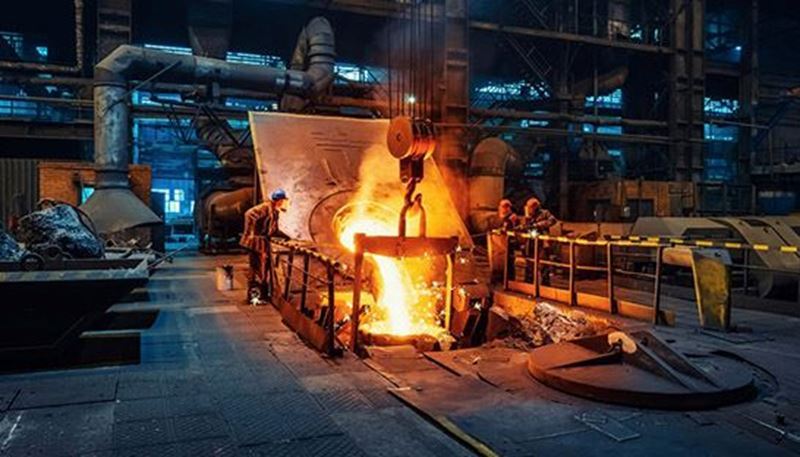

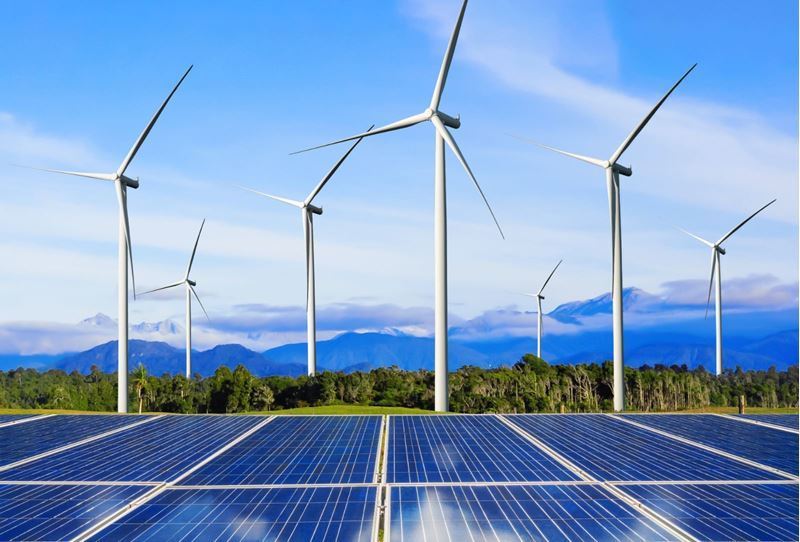
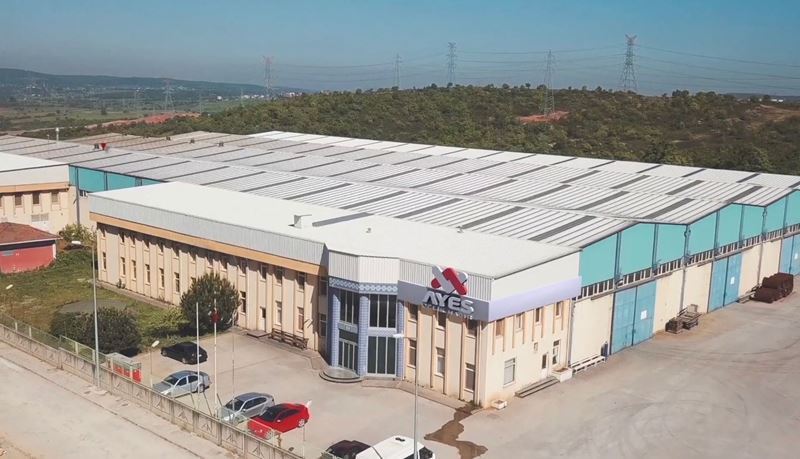
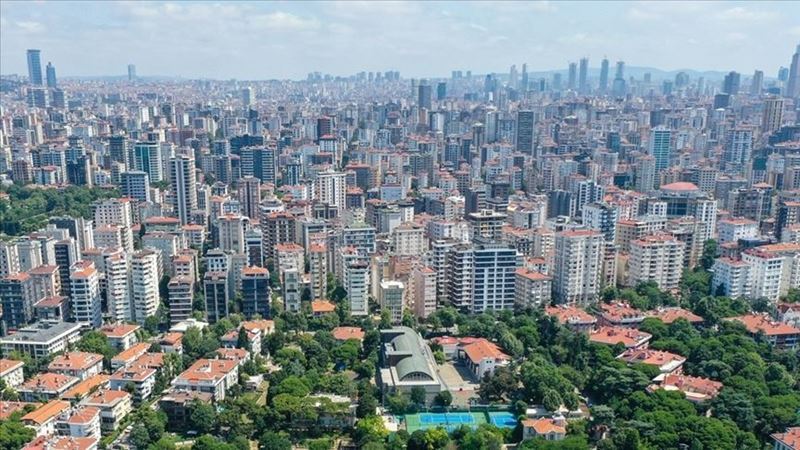
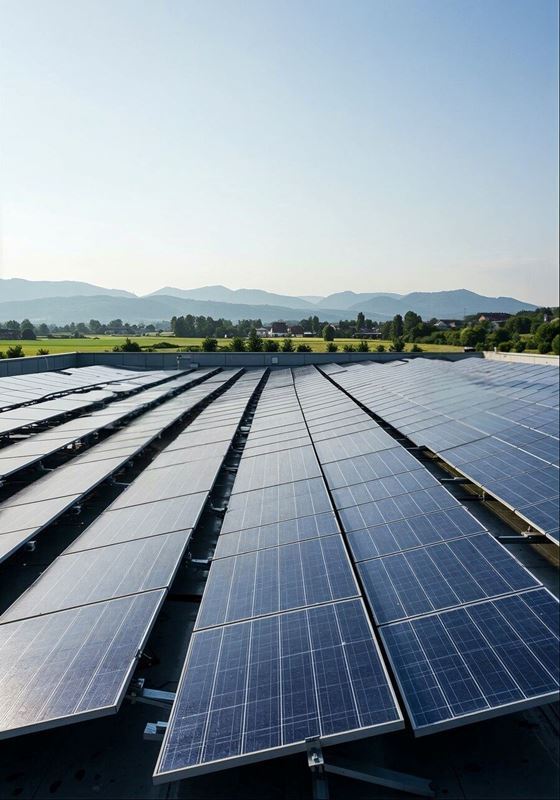
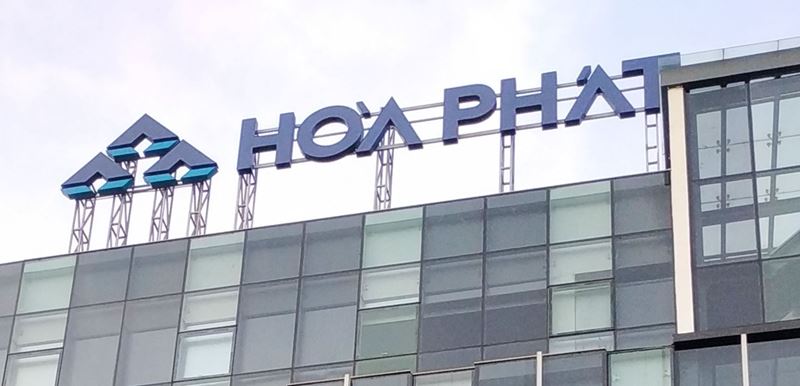


Comments
No comment yet.